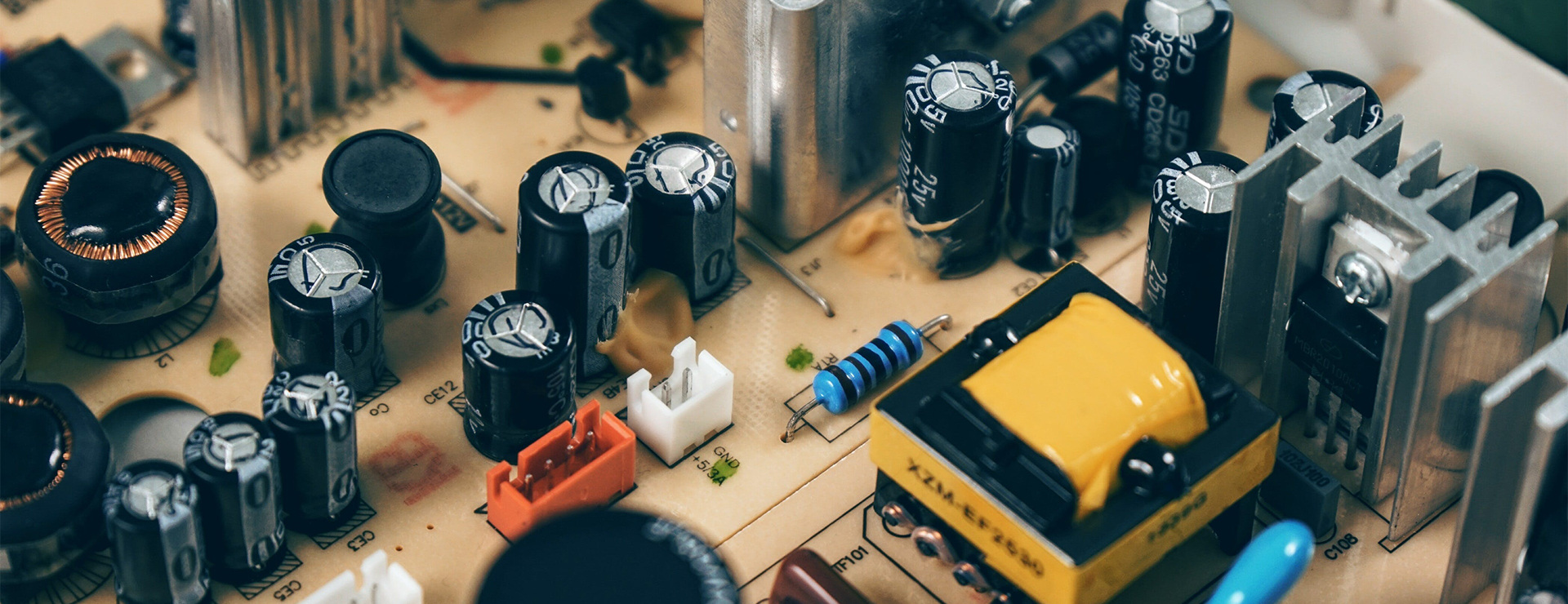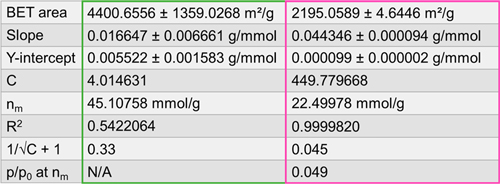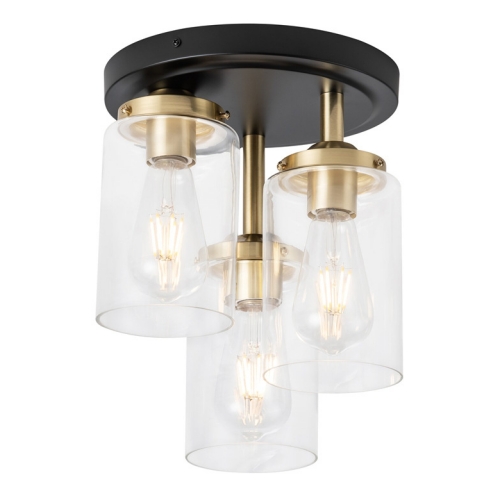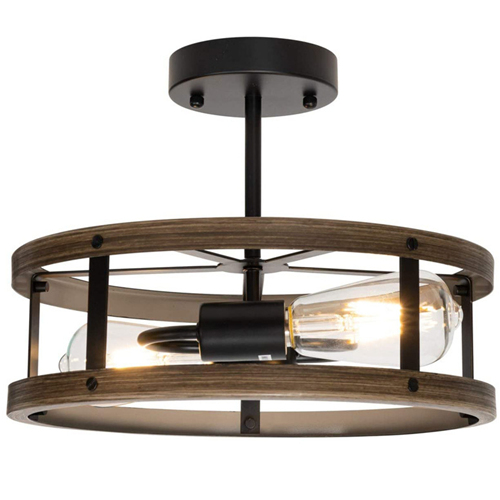Hospitality Lighting Trends Shaping Modern Hotels in 2025
You see hospitality lighting shaping modern hotel environments through energy efficiency, advanced technology, and immersive guest experiences. A recent industry report highlights these lighting trends:
|
Trend Description
|
Details
|
|
Energy Efficiency
|
Regulatory shifts favor eco-friendly commercial lighting standards.
|
|
Technological Innovation
|
AI-driven lighting design elevates comfort and operational efficiency.
|
|
Consumer Preferences
|
Customizable solutions enhance wellness and luxury in hospitality spaces.
|
Lighting in hospitality design trends can transform guest perceptions, influence comfort, and reinforce hotel branding. To implement effective solutions, partner with a trusted manufacturer like Sunwin Lighting, a Chinese professional custom lighting manufacturer with 15 years of experience and a focus on quality, timely delivery, and innovative products.

Smart Hospitality Lighting
Smart hospitality lighting is transforming hotel environments in 2025. You can now create dynamic spaces that adapt to guest needs and operational demands. These lighting trends focus on technology, comfort, and energy efficiency, making your hotel stand out in the competitive hospitality market.
IoT Integration
You can leverage IoT integration to connect lighting systems with other smart devices in your hotel. Adaptive lighting systems use sensors and data to adjust brightness, color temperature, and timing based on occupancy and time of day. This dynamic approach ensures that each space responds to real-time conditions, enhancing both guest comfort and operational efficiency. Smart and adaptive lighting systems also allow you to monitor and control lighting remotely, streamlining maintenance and reducing downtime.
Guest Controls
Empower your guests with personalized lighting controls. Modern smart lighting systems let guests adjust lighting scenes, intensity, and even color from their smartphones or in-room tablets. This adaptive feature creates a dynamic and comfortable atmosphere tailored to individual preferences. You can integrate adaptive lighting systems with room management platforms, offering seamless experiences that boost guest satisfaction.
***Adaptive controls support wellness by aligning lighting with circadian rhythms.
***Dynamic lighting design enhances the sense of luxury and comfort in hospitality environments.
Energy Savings
Energy efficiency remains a top priority in hospitality lighting design. Adaptive and smart and adaptive lighting systems automatically dim or switch off lights in unoccupied areas, reducing energy consumption. LED efficiency plays a crucial role, as modern LED fixtures deliver high performance with lower power usage. By adopting these solutions, you not only lower operational costs but also support sustainability goals.
|
Feature
|
Benefit
|
|
Adaptive Lighting
|
Reduces waste, maximizes comfort
|
|
LED Efficiency
|
Lowers energy bills, extends fixture life
|
|
Smart Controls
|
Streamlines operations, saves resources
|
Sustainable Lighting Trends
Sustainable lighting trends shape the future of hospitality lighting in 2025. You see a growing demand for eco-friendly solutions that reduce environmental impact and support healthier hotel environments. Sustainable lighting design not only lowers energy costs but also enhances comfort for guests and staff.

Eco Materials
You can select fixtures made from eco materials to support sustainable hospitality lighting. Many hotels now choose products crafted from renewable or recycled resources. These materials offer durability and style while minimizing waste.
***Wood
***Rattan
***Stone
***Recycled glass
***Metal
***Plastic
***3D printed lights made from recycled materials
Certifications
Certifications play a vital role in sustainable lighting design. You should look for products that meet recognized standards for safety and environmental responsibility.
|
Certification
|
Description
|
|
UL
|
Safety and performance
|
|
CUL
|
Canadian safety standards
|
|
ETL
|
Electrical safety
|
|
CETL
|
Canadian electrical safety
|
These certifications guarantee that lighting fixtures meet strict requirements for hospitality environments.
Green Practices
You can implement green practices to maximize sustainability in hotel lighting. The Prague Marriott Hotel reduced lighting electricity costs by 58% after switching to energy-efficient bulbs, saving about €40,000 annually. Sustainable design combines low-impact materials with advanced technology to create comfortable spaces. You should consider building architecture and interior elements to minimize energy needs. Automation and sensor technology help control lighting based on occupancy levels.
Use renewable energy sources like solar or wind to power lighting.
***Optimize energy use with advanced management systems.
***Select fixtures that complement natural light and color in your design.
***Sustainable lighting trends offer you practical solutions for creating efficient, comfortable, and eco-friendly hospitality environments.
Statement Lighting in Hospitality Design
Statement lighting plays a pivotal role in shaping the ambiance and identity of modern hotel spaces. You can use bold fixtures to create a memorable first impression and elevate the guest experience. The right lighting not only enhances visual appeal but also communicates your brand’s story.
Artistic Fixtures
You see artistic lighting fixtures becoming the centerpiece of luxury hotel interiors in 2025. Oversized designs and sculptural forms draw attention and set the mood for your guests. Many hotels now feature organic modern touches, using natural materials and flowing shapes to create a sense of comfort and sophistication. Minimal industrial looks, with dark tones and sleek profiles, add a contemporary edge. Integrating smart technology into these fixtures improves functionality and guest satisfaction. Sustainability also shapes lighting trends, with eco-friendly materials like bamboo and rattan gaining popularity. Local artistic influences and curated art collections further enrich the ambiance, making each space unique.
Custom Designs
Custom lighting solutions allow you to tailor every detail to your hotel’s vision. Sunwin Lighting, a Chinese professional custom lighting manufacturer with 15 years of production experience, offers more than 200 customized lamps and mirrors. Their Contemporary Brushed Brass Hotel Indoor Decorative Lamps blend style and practicality. These lamps feature a modern brushed brass finish, built-in USB ports, power outlets, and customizable finishes. Certified for safety and backed by a two-year warranty, they ensure both quality and peace of mind. You can select from a wide range of products, including LED mirrors, table lamps, wall lamps, and headboard reading lights, all delivered on time from their factory direct service.
|
Aspect
|
Description
|
|
Tailored Fixture Designs
|
Lighting fixtures crafted to reflect the property’s theme, style, or branding elements.
|
|
Integrated Branding Elements
|
Lights that incorporate brand logos, patterns, or colors for subtle reinforcement of identity.
|
|
Reinforcing Brand Identity
|
Unique fixtures and lighting styles reflect the brand’s personality, ensuring every element of the property feels cohesive.
|
Brand Identity
Lighting directly influences how guests perceive your hotel. Statement fixtures create ambiance and shape mood, making spaces feel inviting and luxurious. Proper lighting can highlight cleanliness and spaciousness, encouraging guests to return. Custom designs reinforce your brand identity, ensuring every detail aligns with your vision. By choosing innovative commercial lighting solutions, you set your property apart in the competitive hospitality market.
Layered Lighting Trends
Layered lighting trends define the modern hotel experience by combining multiple types of illumination to create depth, functionality, and visual interest. You can use a strategic mix of ambient, task, and accent lighting to enhance comfort and elevate your hospitality lighting design.
Ambient
Ambient lighting forms the foundation of any hospitality space. You rely on this base layer to provide general illumination, ensuring guests feel comfortable and safe. Mood lighting shapes the atmosphere in each area, going beyond simple functionality to influence how guests perceive your hotel. Well-planned ambient lighting can give every space its own personality. For example:
***Mood lighting creates specific atmospheres in hospitality spaces.
***Lighting transforms spaces, making them cozy or impressive.
***Light affects mood and well-being, supporting circadian rhythms and perceptions of comfort.
You set the intended mood with ambient lighting. Dim lighting in a lobby may cause guests to feel tired, while bright lighting in a bar can lead to irritability. A thoughtful approach ensures each area supports the desired guest experience.
Task
Task lighting provides focused illumination for specific activities. In guest rooms and public areas, you enhance comfort and usability by offering targeted lighting solutions. Best practices include:
|
Best Practice
|
Description
|
|
Multiple Light Sources
|
Use various types of lighting to improve guest control and comfort.
|
|
Dimmer Switches
|
Allow guests to adjust lighting levels to their preference.
|
|
Appropriate Kelvin Temperature
|
Choose bulbs in the 2700K–3500K range for a warm, inviting atmosphere.
|
|
Easy-to-Find Switch Locations
|
Place switches conveniently for guest accessibility.
|
|
Linestra Fixtures
|
Consider gentle lighting that flatters skin tones.
|
You create a welcoming environment by making sure guests can read, work, or relax with ease.
Accent
Accent lighting adds drama and highlights architectural features or artwork. You use this layer to guide guests through spaces and draw attention to focal points. Accent lighting enhances ambiance and creates mood-specific environments that influence guest perception. Consider these benefits:
***Accent lighting showcases stunning architectural features, making them focal points.
***It guides guests through spaces, highlighting paths and areas of interest.
***Incorporating brand-specific colors into lighting conveys your brand identity consistently.
Strategic accent lighting differentiates your hospitality venue and creates memorable experiences. By layering lighting thoughtfully, you deliver hospitality lighting solutions that support comfort, brand identity, and operational excellence.
Wellness & Biophilic Lighting
You see wellness and biophilic lighting shaping the future of hospitality lighting. These lighting trends focus on connecting guests with nature, supporting well-being, and creating environments that feel restorative. You can use biophilic lighting design to enhance occupant well-being and set your hotel apart in the competitive hospitality market.

Natural Light
You maximize natural light in your hotel to create inviting spaces that boost guest satisfaction. Rooms filled with daylight harvesting feel more welcoming and vibrant. Guests often prefer spaces with abundant daylight, as these areas support their well-being and comfort. When you incorporate daylight harvesting into your design, you reduce the need for artificial lighting and lower energy consumption. This approach not only saves costs but also aligns with sustainable commercial lighting practices. Research shows that biophilic lighting design, which brings natural elements indoors, improves emotional responses and the perceived quality of a guest’s stay. You fulfill guests’ psychological needs and promote overall well-being by prioritizing natural light.
Relaxation
You create relaxing environments by using human-centric lighting strategies. The right lighting helps guests unwind after a busy day. Consider these effective approaches:
|
Lighting Strategy
|
Description
|
|
Directional Lighting
|
Provides a sense of direction and promotes peacefulness in lobby and common areas.
|
|
Landscape Lighting
|
Enhances the natural beauty of the surroundings, creating a calming atmosphere at night.
|
|
Customizable LED Lights
|
Allows guests to adjust lighting to their preference, enhancing personal comfort and relaxation.
|
You can combine these solutions with biophilic elements to further support occupant well-being.
Circadian Support
You support guest well-being by integrating human-centric lighting and circadian lighting technology. These systems mimic natural daylight harvesting patterns, helping guests maintain healthy sleep cycles. Human-centric lighting allows guests to personalize their environment, aligning with their natural rhythms. You can offer lighting solutions that energize guests in the morning and promote relaxation at night. For example:
***Circadian lighting technology allows guests to customize their lighting according to their needs, which helps align with their natural sleep cycles.
***The JOURNI Mobile Task Light offers different settings: GoodDay for energizing morning light, and GoodNight to reduce blue light exposure before sleep.
***This technology aids in regulating sleep-wake cycles, enhancing alertness during the day, and promoting relaxation at night.
You create a hospitality environment that prioritizes occupant well-being and comfort. By embracing biophilic lighting design and human-centric lighting, you deliver memorable guest experiences and support the latest hospitality lighting trends.
Local Influences in Hospitality Lighting
Regional Materials
You can create a unique atmosphere in your hotel by using regional materials in your lighting design. Local woods, stones, and metals add authenticity and character to hospitality spaces. When you choose materials from the surrounding area, you support local industries and reduce transportation costs. This approach not only enhances the visual appeal but also strengthens your connection to the community. Many hotels now feature lighting fixtures crafted by local artisans, which brings a sense of craftsmanship and tradition into commercial lighting solutions. Sunwin Lighting, a Chinese professional custom lighting manufacturer, offers more than 200 customized lamps and mirrors. You benefit from their expertise in creating high-quality LED mirrors, table lamps, wall lamps, and headboard reading lights, all delivered on time from their factory direct service.
Cultural Motifs
You can enrich your hospitality lighting by incorporating cultural motifs that reflect the local heritage. These design elements tell a story and invite guests to engage with the culture of the region. Consider these benefits:
***Incorporating local art and culture creates authentic experiences that connect guests with the locale.
***Collaborating with local artisans enriches the aesthetic appeal and supports the community's creative economy.***Storytelling elements in design evoke emotions and stimulate curiosity, making spaces immersive and engaging.
Lighting fixtures with patterns, colors, or shapes inspired by local traditions help you create memorable environments. You give guests a deeper sense of comfort and belonging when you celebrate the culture through thoughtful design.
Sense of Place
You can transform your hotel into a destination by focusing on a strong sense of place. Thoughtful lighting, combined with regional decor, turns ordinary spaces into memorable experiences. When you use local accessories and artisanal crafts, you encourage guests to engage with their surroundings and share their experiences. This approach helps guests feel more connected to the hotel and its location. Hospitality lighting that highlights local influences sets your property apart and leaves a lasting impression. By choosing tailored solutions from Sunwin Lighting, you ensure your spaces reflect both quality and the spirit of the region.
Partnering with Lighting Manufacturers
Choosing the right partner for your hospitality lighting project shapes the success of your hotel’s design and guest experience. You gain access to more than 200 customized lamps and mirrors, including LED mirrors, makeup mirrors, table lamps, floor lamps, wall lamps, ceiling lights, headboard reading lights, and hotel room lighting. Their factory direct service ensures you receive high-quality commercial lighting solutions tailored to your needs.
Custom Solutions
You want lighting that matches your vision and enhances your hospitality environment. Sunwin Lighting offers a wide range of customizable options, allowing you to select styles and finishes that fit your design theme. Their team listens to your requirements and crafts solutions that reflect your brand identity. You benefit from flexibility, whether you need a single statement piece or a full suite of coordinated fixtures.
|
Benefit
|
Description
|
|
Customizable Options
|
A wide range of styles for lamps and mirrors tailored to match specific design themes.
|
|
Quality Control
|
Meticulous attention to detail and quality checking before goods leave the factory.
|
|
Timely Delivery
|
Commitment to complete lamps within schedule, crucial for hotel opening dates.
|
|
Customer Service
|
Unparalleled service by listening to client needs throughout the project stages.
|
|
No Minimum Order Quantity
|
Flexibility for small orders, understanding that they can grow into larger ones.
|
|
Competitive Pricing
|
Striving to provide the best prices available for long-term relationships with clients.
|
Quality Assurance
You expect every lighting fixture to meet the highest standards. Sunwin Lighting delivers quality through rigorous inspections and certifications. Their products undergo thorough checks before leaving the factory, ensuring safety and durability in hospitality settings. You can trust their UL, CUL, ETL, and CETL certifications, which guarantee compliance with international safety standards. This commitment to quality gives you peace of mind and supports your reputation for excellence.
Timely Delivery
You know that timely delivery is critical in hotel renovation and construction. When lighting fixtures arrive on schedule, your installation aligns with the overall project timeline. Delays can disrupt workflow and increase costs. Sunwin Lighting prioritizes on-time delivery, helping you avoid setbacks and keep your hospitality project moving forward. Their reliable logistics and direct factory service support your goals for efficiency and operational success.

















